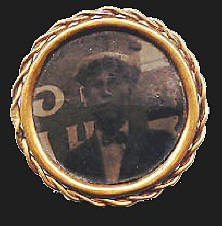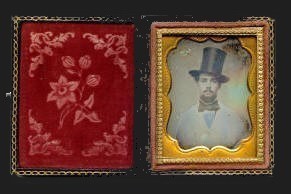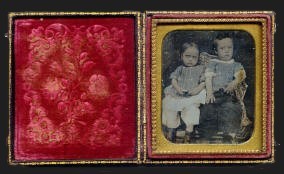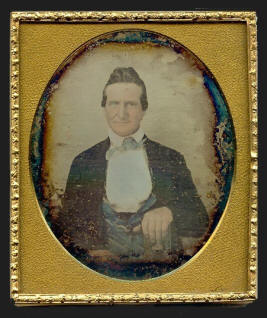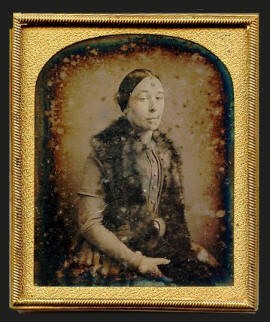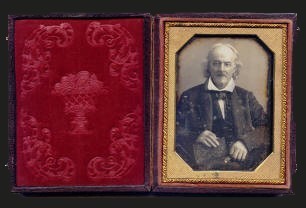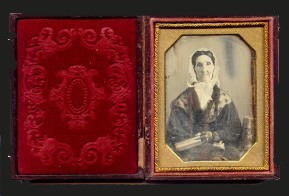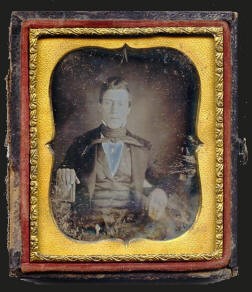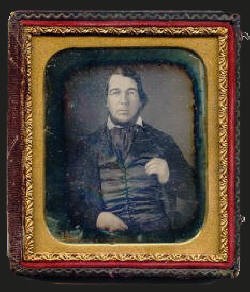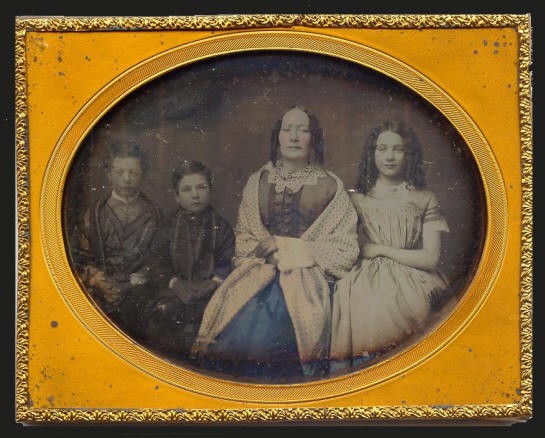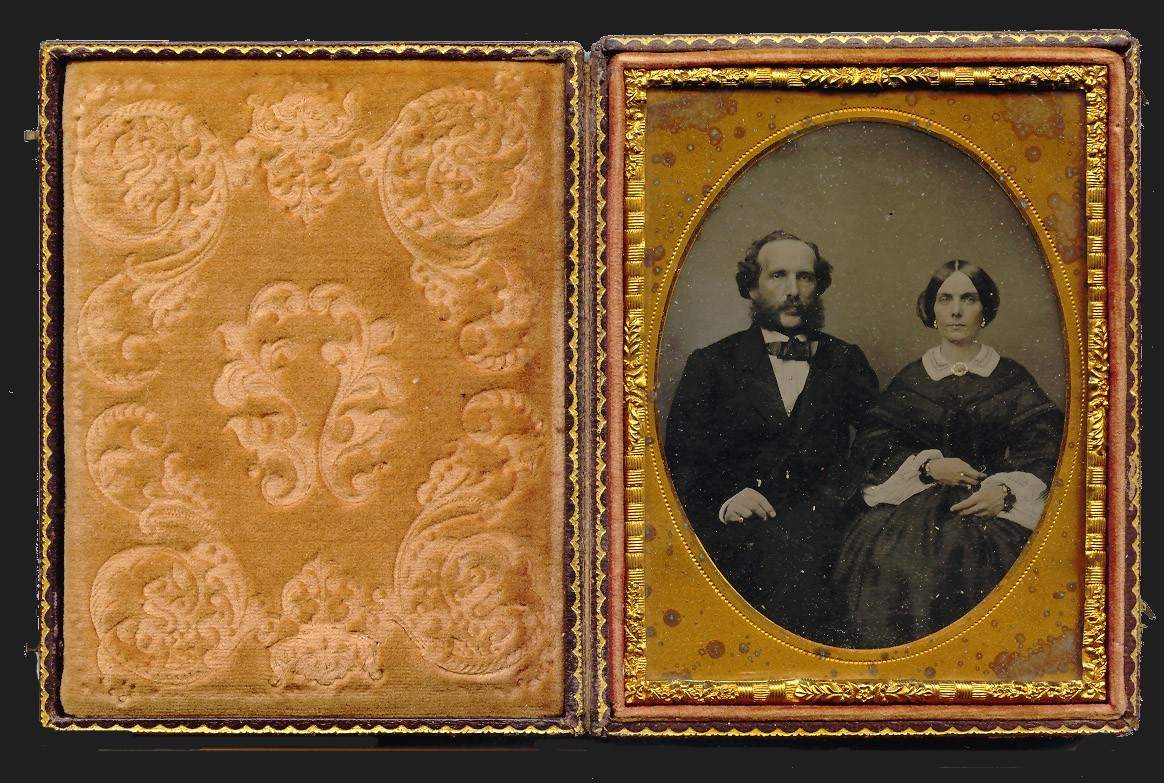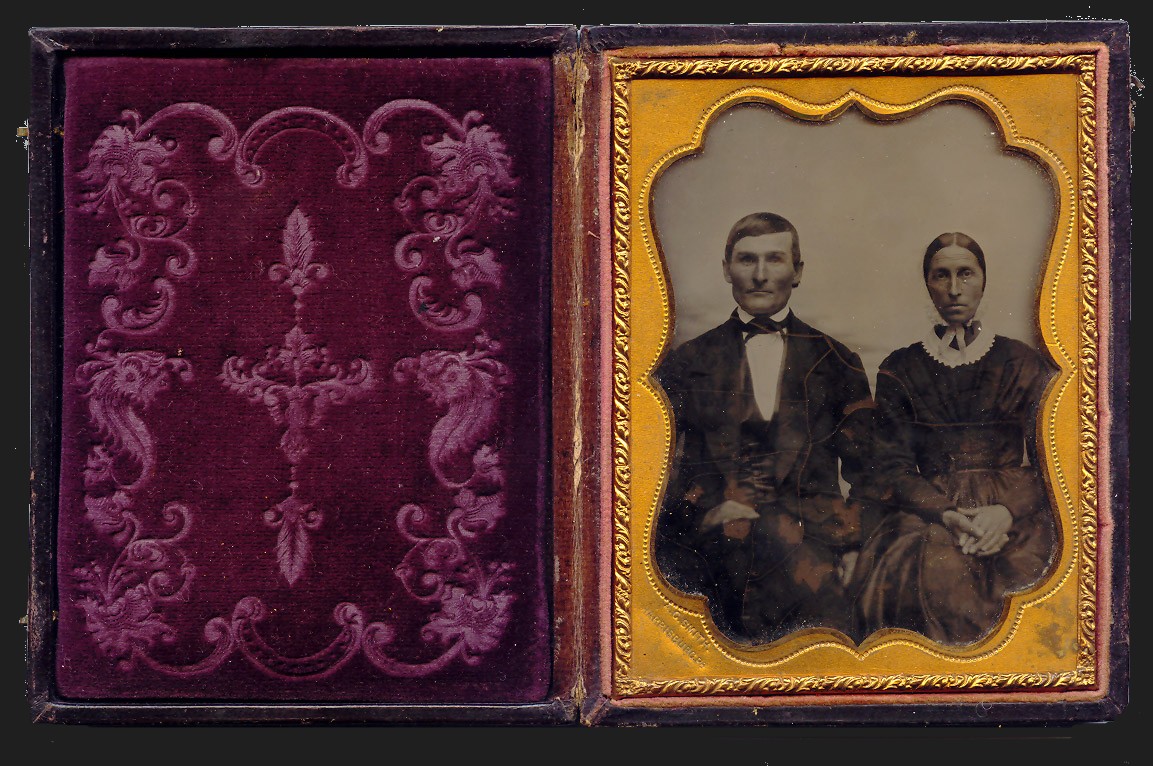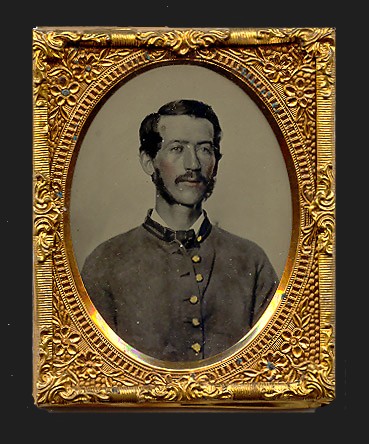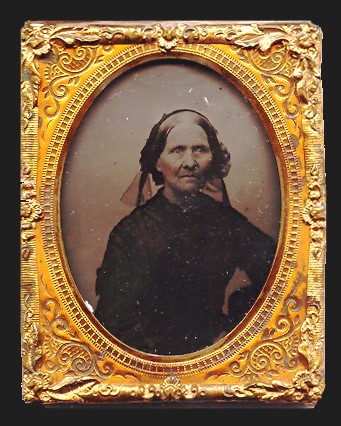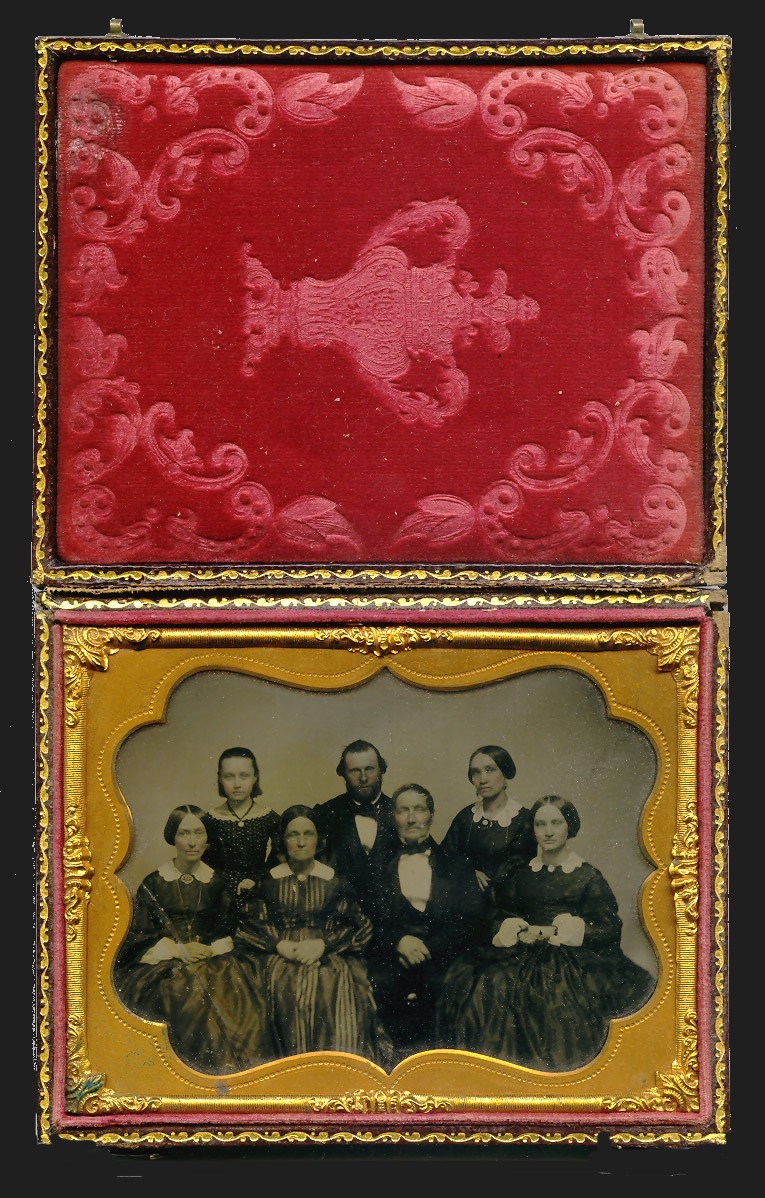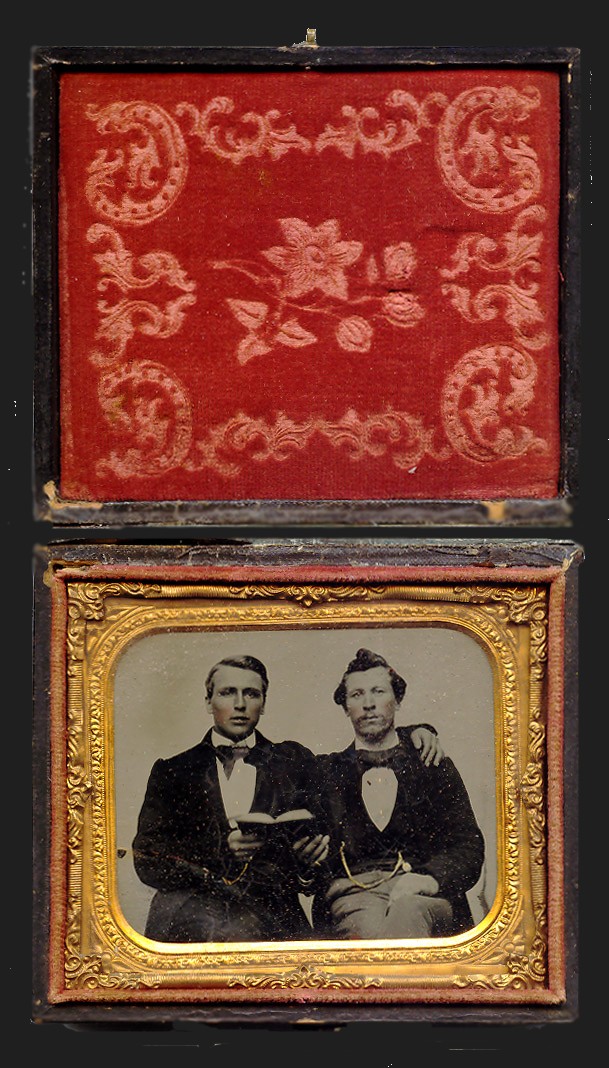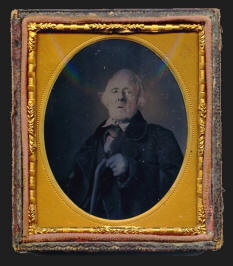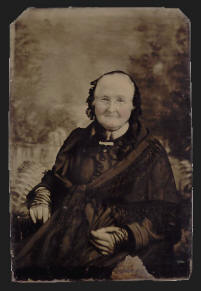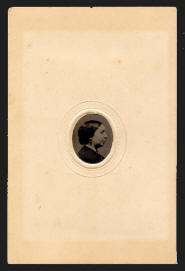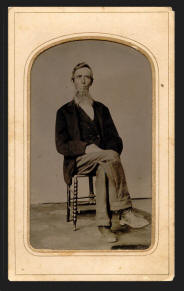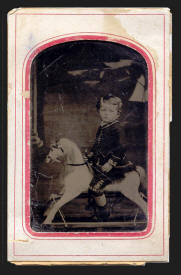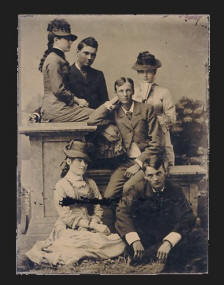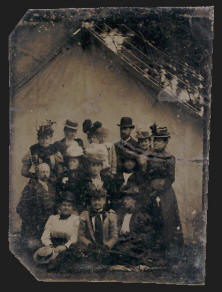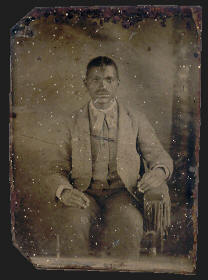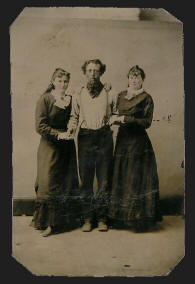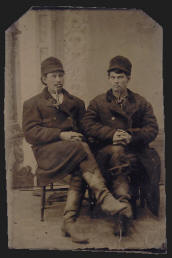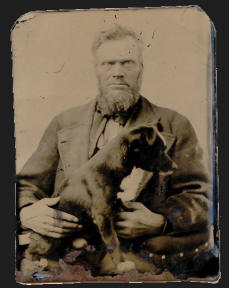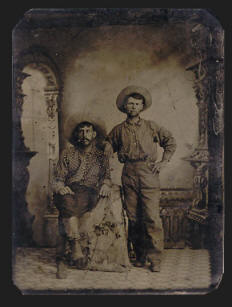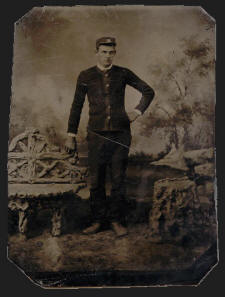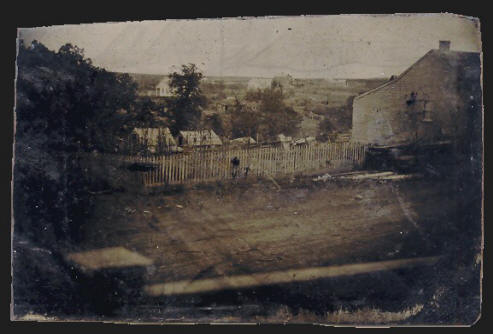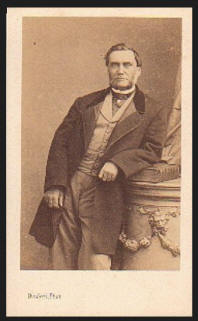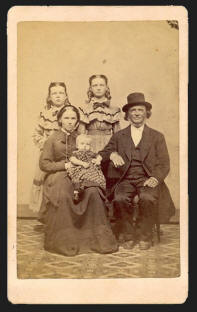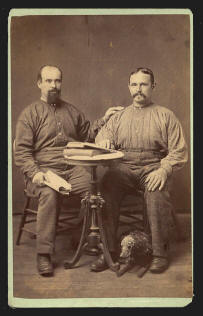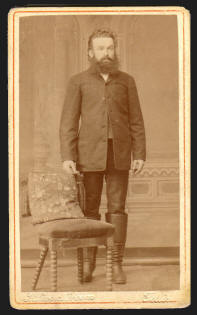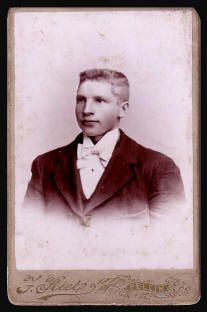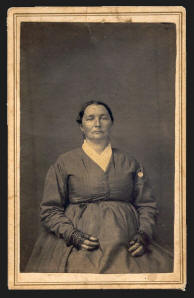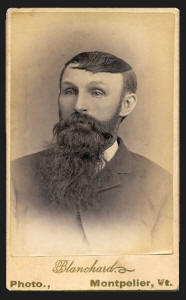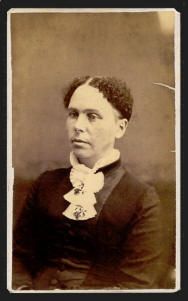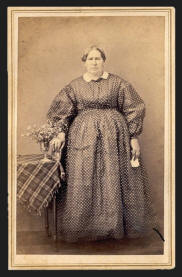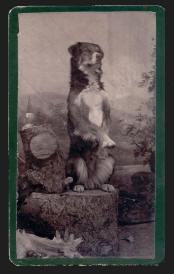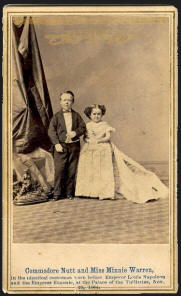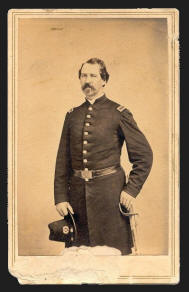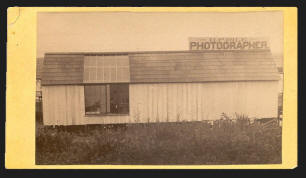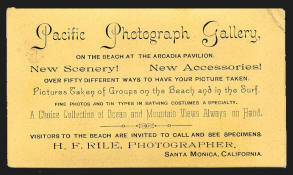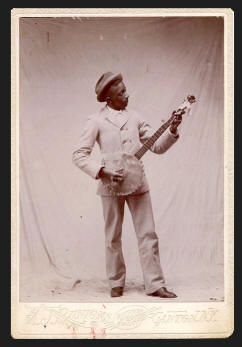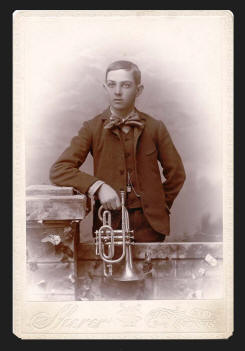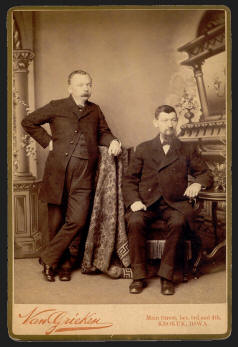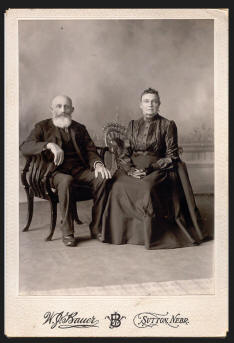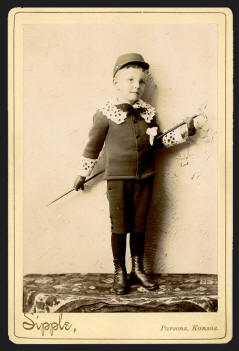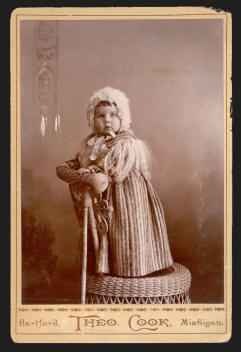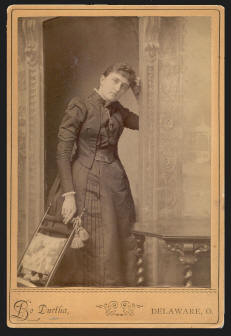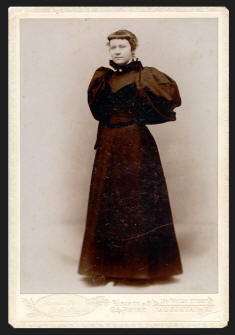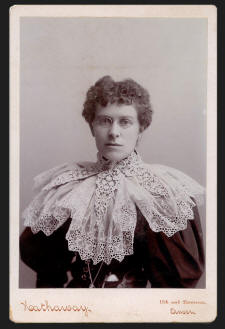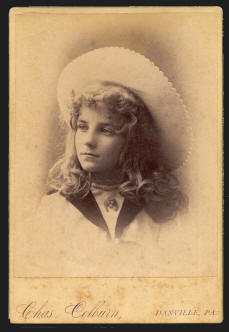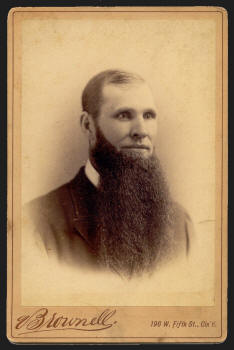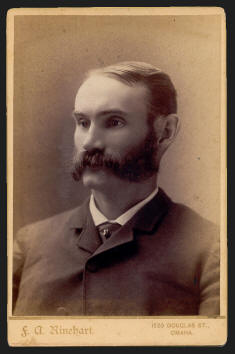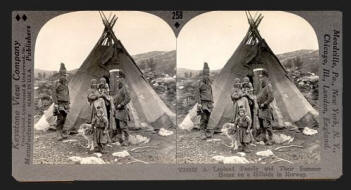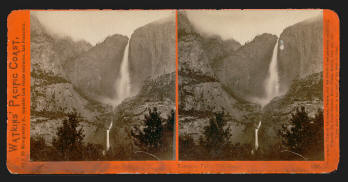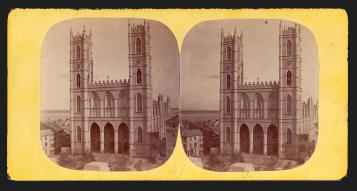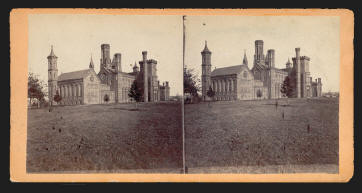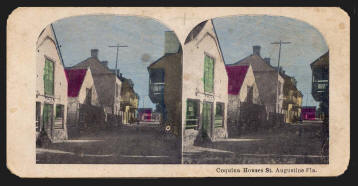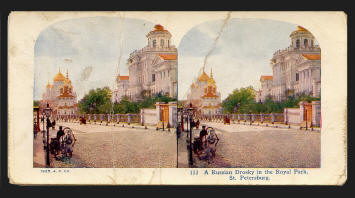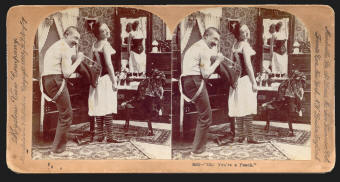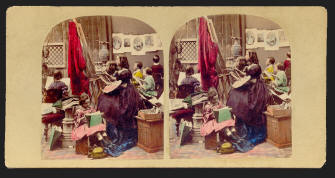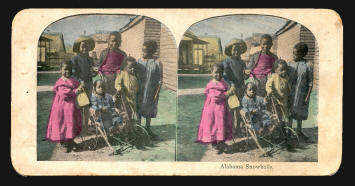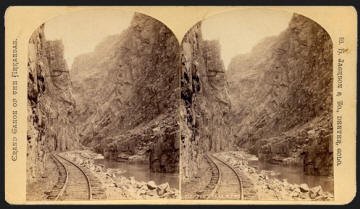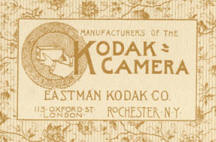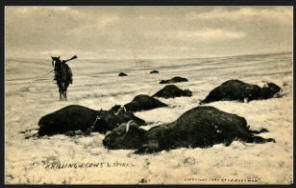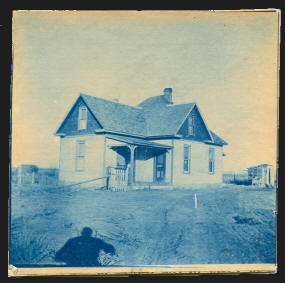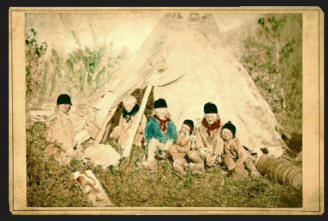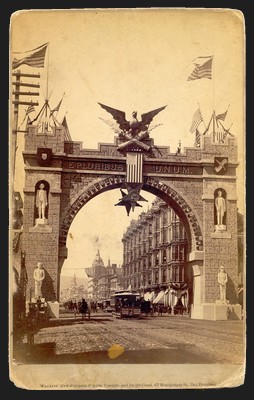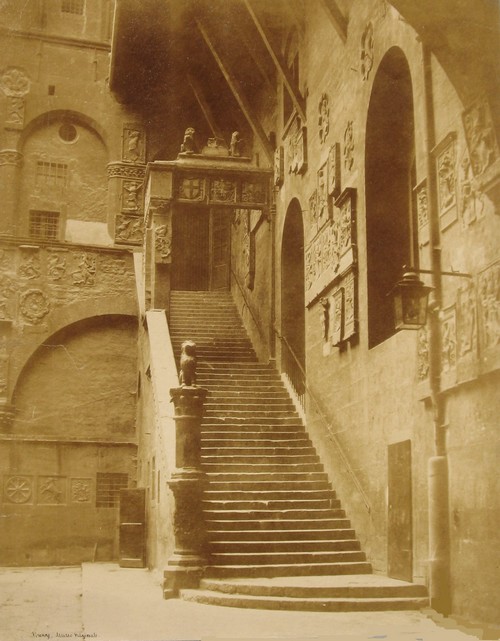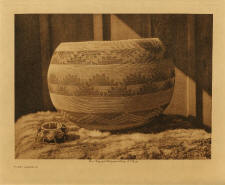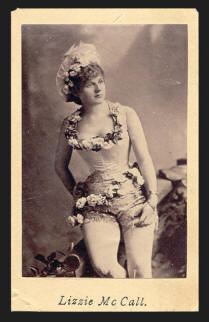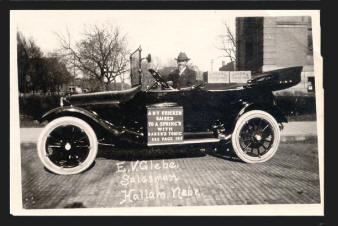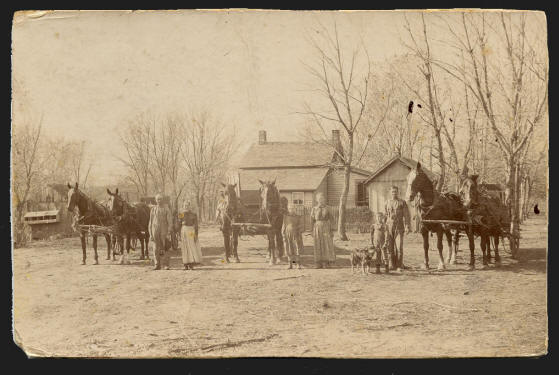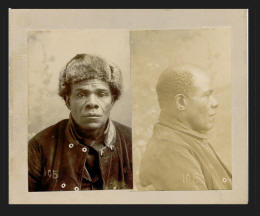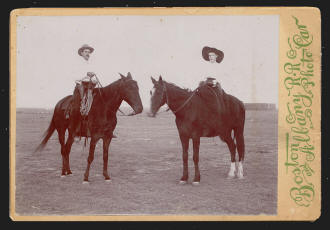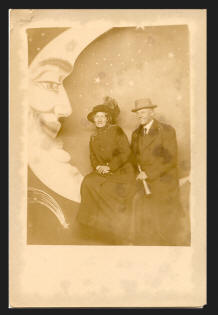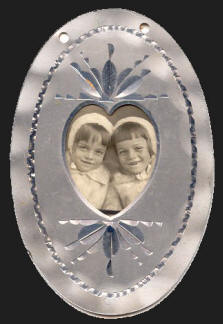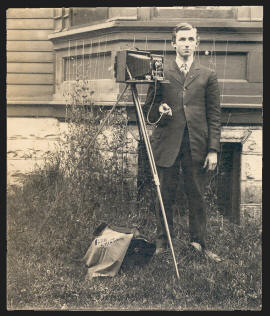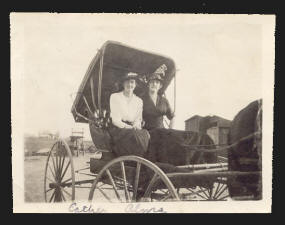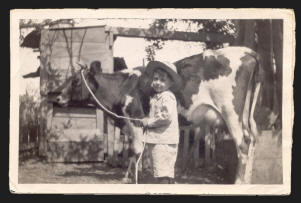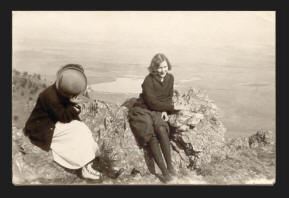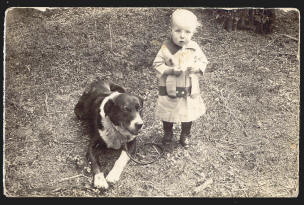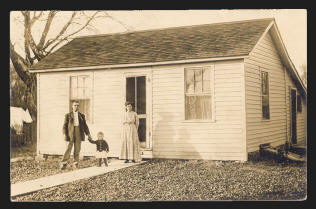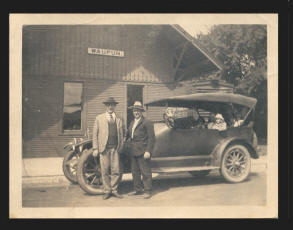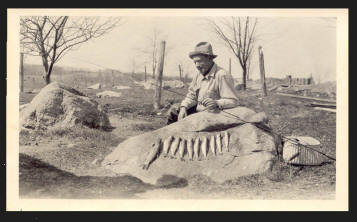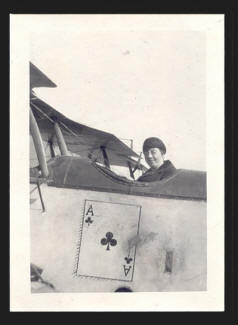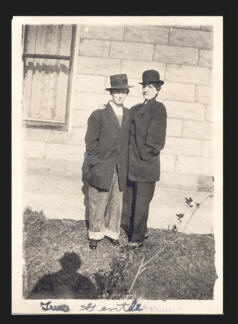|
A HISTORY OF PHOTOGRAPHY
EXAMPLES OF EARLY
PROCESSES |
||||||||
|
Within a few short years, the systems of making such photo-graphs moved from one-of-a-kind images (daguerreotypes, ambrotypes and tintypes) to negative images that could be transferred to paper creating a positive and “printed” many times over. Within 50 years, the making of photographs moved out of the exclusive domain of the specialist into the hands of ordinary folks. By the late 1880s, systems were developed that utilized film on rolls that allowed taking a hundred pictures before reloading with more film. Soon millions of “snapshots” were being created by ordinary people with inexpensive cameras and film. This same system has been in play until 20 years ago when the development of digital photography once again revolutionized photography.
This exhibit is
designed to present
examples of the various kinds of photographs
Daguerreotype
The
daguerreotype was the earliest practical photographic process.
It was made by exposing a projected image to a sensitized silver-plated
sheet of copper, then developing it with fumes of mercury, creating a
permanent image. This extremely fragile image was presented, under
glass for protection, in a special case. These one-of-a-kind
photographs were especially suited to portraiture. Thousands of dagguerotypists the world over made millions
of portraits of people at a fraction of the cost of a painted portrait. |
||||||||
|
|
|
|||||||
|
|
|
|||||||
|
|
|
|||||||
|
|
|
|||||||
|
|
||||||||
|
Ambrotype By the early 1850s inventive minds worked to simplify the daguerreotype process, making it more affordable and therefore available to even more people. In place of the complex and expensive silver plate, a glass plate was coated with a light-sensitive emulsion, silver salts suspended in albumen made of simple egg-white. The resulting developed negative image was backed with a black paper or paint resulting in a positive image, named an ambrotype. It, too, was very fragile and had to be covered with glass and presented in a case. Sizes: 1/16 plate (35 x 40 mm),
1/9 plate (50 x 60 mm), 1/6 plate (70 x 80 mm), 1/4 plate (80 x 110),
|
||||||||
|
|
|
|||||||
|
|
|
|||||||
|
|
|
|||||||
|
Tintype / Ferrotype
The 1850s
saw the process simplified even more. The collodion emulsion was coated
to blackened metal plates, usually tin. The simpler and cheaper process
moved photography out of the studio into the streets and neighborhoods.
Anybody could afford a tintype, and tintypists were
available everywhere. Tintypes couldn’t be easily damaged, and proved
especially popular during the American Civil War when soldiers could
send photographs of themselves back home. But tintypes, too, were
one-of-a-kind images. Cameras were soon made with multiple lenses that
could make as many images on a single sheet of tin. These were then cut
apart, usually quite inaccurately, and typically presented in a paper
folder. A few ended up in old daguerreotype cases. |
||||||||
|
|
|
|||||||
|
|
|
|||||||
|
|
|
|||||||
|
|
|
|||||||
|
|
|
|||||||
|
|
|
|||||||
|
|
|
|||||||
|
|
||||||||
|
Cartes de Visite /
Visiting Card At the same time another photographic process was being developed which proved to be the one that was the most practical and successful of all. In 1854 André Disdéri, a French daguerreotypist, printed ambrotype glass negatives to light-sensitive paper. An unlimited number of paper prints/photographs could be produced easily and quite inexpensively. But the inventive Disdéri added a marketing scheme to his system and promoted these photographs as personalized calling cards. He named them Cartes de Viste. CDVs were mounted on a standardized cardboard mount which also advertised the photographer on the back. They proved to be the most popular style of photographs to date and the craze lasted into the 1890s.
Size: c. 64 x 100 mm |
||||||||
|
|
||||||||
|
|
|
|||||||
|
|
|
|||||||
|
|
|
|||||||
|
|
|
|||||||
|
|
|
|||||||
|
|
|
|||||||
|
|
|
|||||||
|
Cabinet Card The next system to entice the public to buy photographs was dubbed the Cabinet Card. It was considerably larger than the CDV, but the process was identical. And as with cartes de visite, these were promoted to fill albums that would grace living rooms and boudoirs. The larger cards were big enough for several people to view at the same time and were of sufficient quality that small details could be enjoyed. Every home had an album of family photographs to show visitors.
Size: 110 x 170 mm |
||||||||
|
|
|
|||||||
|
|
|
|||||||
|
|
|
|||||||
|
|
|
|||||||
|
|
|
|||||||
|
|
|
|||||||
|
Stereoview / Stereograph Very early in this history, and for many years, a parallel photographic phenomenon coursed. It was an idea, virtually a gimmick, that proved extremely popular throughout the world. Two slightly different images of the same subject were mounted side-by-side and viewed through a dual-lensed viewer that resulted in a three-dimensional stereo image for the viewer. Stereoviews (stereocards, stereographs) and a variety of viewers were eventually found in every proper home. The earliest were, for a short time, daguerreotypes and ambrotypes and a few tintypes. Paper albumen prints could be reproduced over and over again, so almost all stereoviews were prints. Stereoviews soon transported ordinary folks to every exotic place in the world. The heyday for stereoviews was in the 1860s and 1870s, but it was revived again around 1900 when photographs could be replaced with lithographic images printed on a press. The idea has never died.
Size: c. 90 -112 x 178 mm |
||||||||
|
|
||||||||
|
|
||||||||
|
|
||||||||
|
|
||||||||
|
|
||||||||
|
|
||||||||
|
|
||||||||
|
|
||||||||
|
|
||||||||
|
|
||||||||
|
Varia By the late 1800s dozens of different processes and techniques had developed both to take photographs and to print and reproduce them. Here are presented examples of some of the most important of these, beginning with George Eastman's Kodak Round Photo which was the first roll-film system (100 exposures) aimed solely at the amateur audience, and ending with the simple Snapshot. By 1900 photographs were here to stay and their varied complexions have changed the way the world relates to itself. From a Collection of c. 700 |
||||||||
|
|
||||||||
|
|
|
|||||||
|
|
|
|||||||
|
|
||||||||
|
|
||||||||
|
|
|
|||||||
|
|
|
|||||||
|
|
|
|||||||
|
|
|
|||||||
|
|
|
|||||||
|
|
||||||||
|
|
|
|||||||
|
|
|
|||||||
|
|
|
|||||||
|
|
|
|||||||
|
|
|
|||||||
|
An
exhibition
of this collection was held at the Kondas Museum of Art
Imagi Gallery |
|
|||||||
